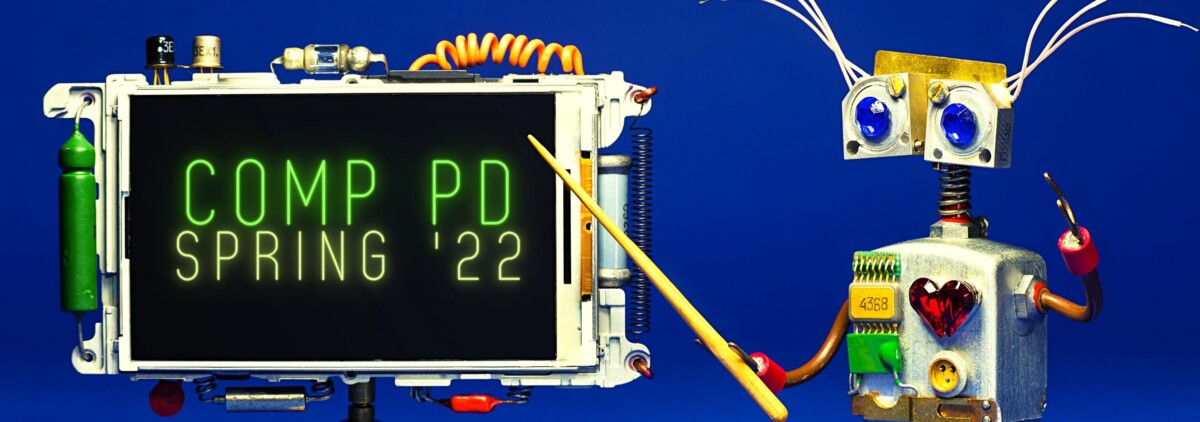In the previous semester, I had a student who, for his final paper, could not precisely get at what it was he wanted to actually write about. There was something about his writing that always seemed evasive, inconclusive. At first, I was confused and assumed that he was not comfortable with writing or did not really spend much time on the assignment. But when we sat down for a meeting, the more I prodded to try to get to what might interest him, (as he said he just could not articulate what he wanted to) – he finally said that he felt that his previous education had left him uninterested in education itself, because it limited him from his interests. This was what he had been trying to write about, but felt uncomfortable making that statement. The high school he attended before had no music classes, no art classes. He felt confined, and therefore he felt he was restricted to only science and math and technical fields. He did not want to pursue them, but to him, these were the only acceptable fields. This restriction seemed to resonate in him so much that even as I tried to elicit from him what it was he was really interested in, it was as if he felt ashamed to admit that it was music he was interested in – he was so hesitant about uttering it almost as if it was a bad word, a curse. When he finally said it, and when I finally understood, he expressed a sense of relief – he could finally say it out loud. His inability to articulate his thoughts and interests in education reflected for me the same restrictions he felt imposed upon him before – something that was not a legitimate field to be studied or valued, and therefore not to be expressed, for fear of being shunned, chastised, and set upon another direction.
Even when I finally clarified to him that he could most certainly integrate that into a paper of its own, he did not believe me – he seemed very hesitant to continue with it, or did not think it was possible. Discouraged, he said he would avoid the topic altogether. This reaction made me think of the ways by which educational systems and the ways by which we reify or denigrate certain knowledges, rhetorics, or languages, as Kynard said, “get on the right side of.” The student felt he could not possibly “get on the right side” by discussing what he was actually interested in. This also made me consider how to establish from early on conscious practices and spaces of discussion within the classroom that ensures that students recognize that they do not have to abide by the formulaic regurgitation they have likely been taught. Most of the time, I generally comment on their papers individually if I see this occur, and sometimes possibly bring it up in writing workshop, but never as a conscious acknowledgment that they have been taught this and therefore is harder for them to break out of it. I think establishing this early on, situating the self within the social, political or cultural problems, would set the stage to become more comfortable with doing so even with research.
Personally, even I myself have encountered this denigration of “self as text” with the harsh phrase of “me-search” (in the sociology field). Yet I think this kind of rhetoric itself is privileged, in denying the reality that all research and writing is rooted in some form of positionality (the term we use in the social sciences for this). Yet, recognizing positionality is still a very recent phenomenon in the field. But I think recognizing it, especially for students, can be the start of work grounded within the uniqueness of their own worlds – and oftentimes, we (as a formal educational system) deny students this. And thus students themselves shy away from exhibiting that reality, connecting that reality to their work, because they deem it illegitimate, invalid – because it has always been considered invisible or denigrated in their surroundings. Particularly, educational settings. The role of educational settings defining formal, or canon knowledges, I think is extremely important. And perhaps by recognizing this, discussing this, in class, can open up those conversations as well. I think much of it also has to do with coming to encourage students to explore their own unique realms that only they can write about – through shorter writing assignments, until embracing that uniqueness within research as well.



